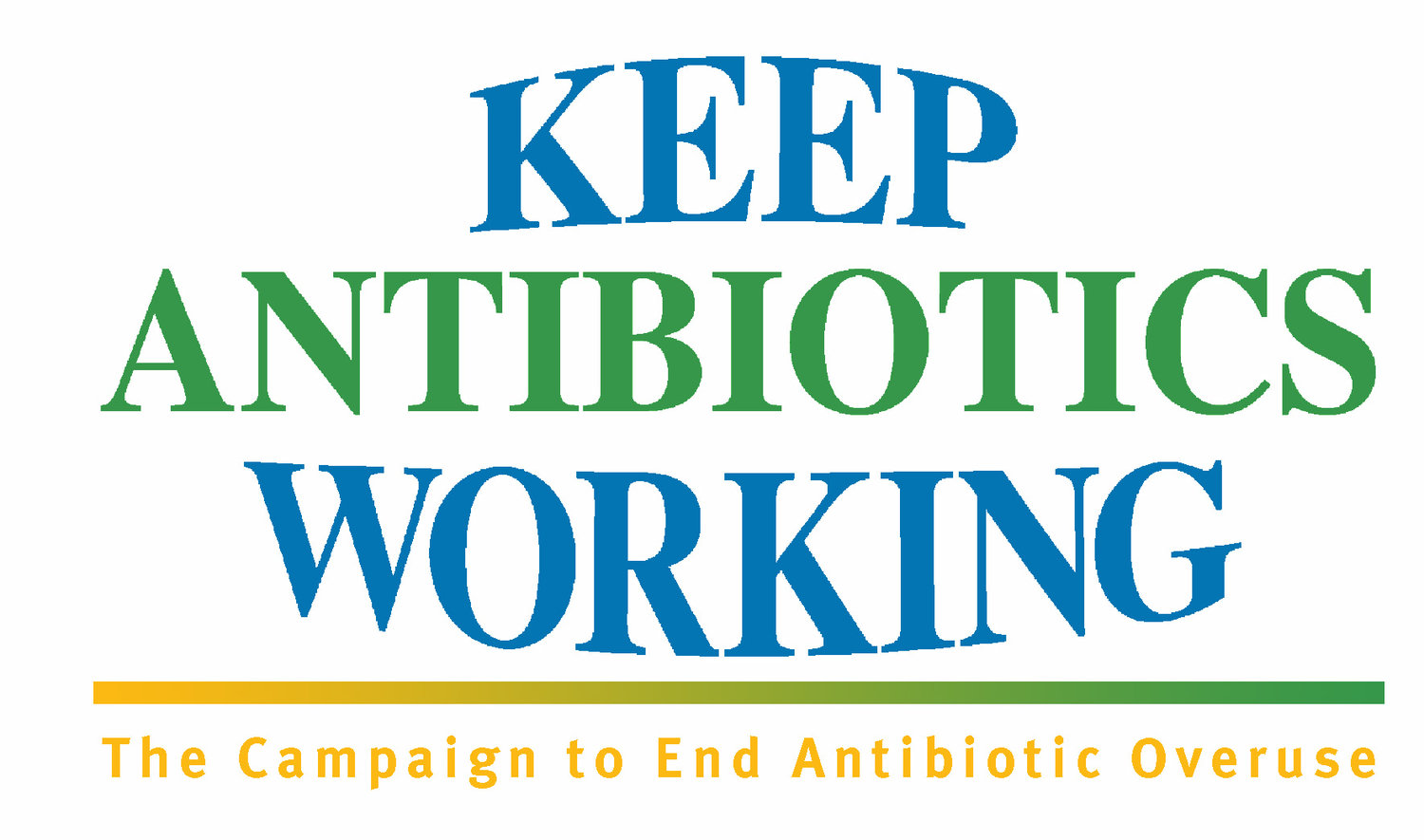A “D-” would be a more realistic grade but the agency still has another year to catch up.
STEVE ROACH, SAFE & HEALTHY FOOD PROGRAM DIRECTOR, FOOD ANIMAL CONCERNS TRUST
FDA just gave itself a B+ on the first phase of a plan to combat resistance that results from antibiotic use in animals. FACT thinks a “D-” would be a more appropriate grade. The plan was released in September 2018 and the first phase was completed last year.
The plan itself was not very ambitious to start with and included very few actions that were likely to reduce the antibiotic overuse that is creating the antibiotic resistance crisis. One thing clearly missing from the plan was a target for reduction in antibiotic use. However, the plan did include a few items that are absolutely needed:
1) Requiring all medically important antibiotics to require a veterinarian’s order.
2) Prohibiting the use of antibiotics for the whole life of an animal.
3) Updating the ranking of antibiotics by their medical importance.
4) Creating a system for monitoring use of antibiotics in animals.
These are the high impact items that might lead to reductions in overuse, but only for the first two did the plan even anticipate completing the work during the five-year period. In the first phase, FDA completed only one of these four items, initiating a process to require prescriptions for all medically important drugs in animals.
For items two and three, FDA released concept papers which are more like a first draft and add at least an additional year to the agency’s timeline for completing the work. FDA gave itself full credit for these concept papers but we think their impact is to delay action so FACT gave them zero credit. For the final item, creating a system for collecting data on antibiotic use on farm, the agency took a point off for missing its own goal to complete pilot projects that would inform some future plan. So, on the basis of the high impact items, the agency got only one out of four completed.
These high impact items fall far short of what is actually needed which requires ending all use of antibiotics in animals that are not sick or in contact with sick animals and setting antibiotic use reduction targets like we have for use in human medicine. European countries have taken these actions successfully.
If you look at the broader plan which includes a lot of items requiring the agency to engage with stakeholders, i.e. talk to people, they still fall short of their goals. The first phase included 24 actions that FDA intended to complete by the end of 2021. The FDA took full credit for 21 out of these 24 action items giving itself an 88% or what FACT is calling a B+.
This is very misleading. First, as we noted above FDA gave itself full credit for releasing concept papers instead of draft guidance. FACT would take these two points back since concept papers delay action instead of moving it forward. FDA also gave itself full credit for initiating pilot programs as part of its system for monitoring antibiotic resistance in the food system known as the National Antimicrobial Resistance Monitoring System. The plan included actions to add new animal species and animal feed to the sampling and to look at additional bacterial species. FDA carried out pilot projects related to these actions but did not actually end up adding these to the monitoring system and did a poor job on reporting what work it did do. It also failed to add the bacterial species, Staphylococcus aureus that health experts recommended to the program. FACT will give FDA half credit for these 4 items aimed at improving surveillance which results in two more points taken off.
Finally, FDA gave itself two points for its work on antibiotic resistance in international organizations like the World Health Organization. FACT has attended meetings where the U.S. has participated in international work on antibiotic resistance and has seen the U.S. consistently promote U.S. agricultural interests and their heavy use of antibiotics over protecting human health, so therefore cannot give the agency points for those activities. It’s actions in this area that run counter to the agencies own mission to protect public health.
To sum up we took an additional two points off for concept papers, two points off for half improvements on surveillance of resistance, and two points off for international work. So instead of 21 out of 24, FACT would give FDA 15 points or a 62.5% making FDA’s score a D-.
A D- is bad but FDA still has until the end of next year to make this up. It could easily finalize two more of the four high impact items, prohibiting lifelong use of antibiotics in food animals and updating its drug ranking. FDA could even begin collecting antibiotic use data from feed mills by the end of next year. If it would do these things we would be happy to raise the agencies score to an “A” even if it slacked off on the rest of the plan.
